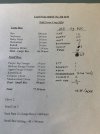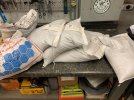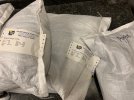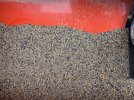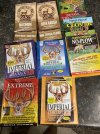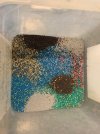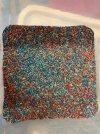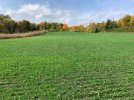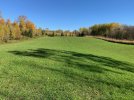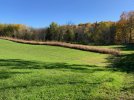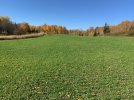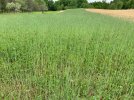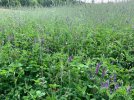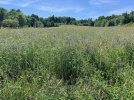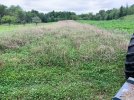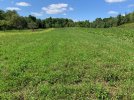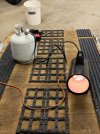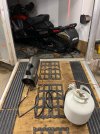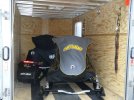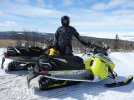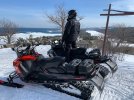ProcraftMike
5 year old buck +
I have a 2 row, JD Flex 71 planter. I normally use this for soybeans and buckwheat, but I would like to plant a seed blend this spring/early summer that would also incorporate some turnips, rape and clover. I messed with the planter seed plates last fall and it does disperse the mix fairly well, even though the seeds differ greatly in size. I figure I would use a seed plate just slightly larger than the largest seed in the mix (soybean), test the seeding rate and use pelletized lime with the seed mix to get the correct seed/acre ratio.
Would you drill a blend like this in rows, or would it be better to drill the larger seeds (beans, buckwheat), then turn around and broadcast the smaller seeds and cultipack? I know the more thatch that I have, the more sense it would make to drill the blend instead. Drilling all... it is once and done, vs. the extra work of broadcasting. But, if this is planted in rows, it may allow more room for weeds to grow between the rows and not be shaded out, vs. more random when broadcast. Planter is set at 30" spacing. I normally double up and reduce that to 15" spacing.
Just looking for some opinions here to help in my decision for those that may plant a blend that involves 4-6 different types of seed and your experience doing so. Thanks!!
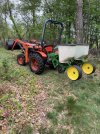
Would you drill a blend like this in rows, or would it be better to drill the larger seeds (beans, buckwheat), then turn around and broadcast the smaller seeds and cultipack? I know the more thatch that I have, the more sense it would make to drill the blend instead. Drilling all... it is once and done, vs. the extra work of broadcasting. But, if this is planted in rows, it may allow more room for weeds to grow between the rows and not be shaded out, vs. more random when broadcast. Planter is set at 30" spacing. I normally double up and reduce that to 15" spacing.
Just looking for some opinions here to help in my decision for those that may plant a blend that involves 4-6 different types of seed and your experience doing so. Thanks!!

